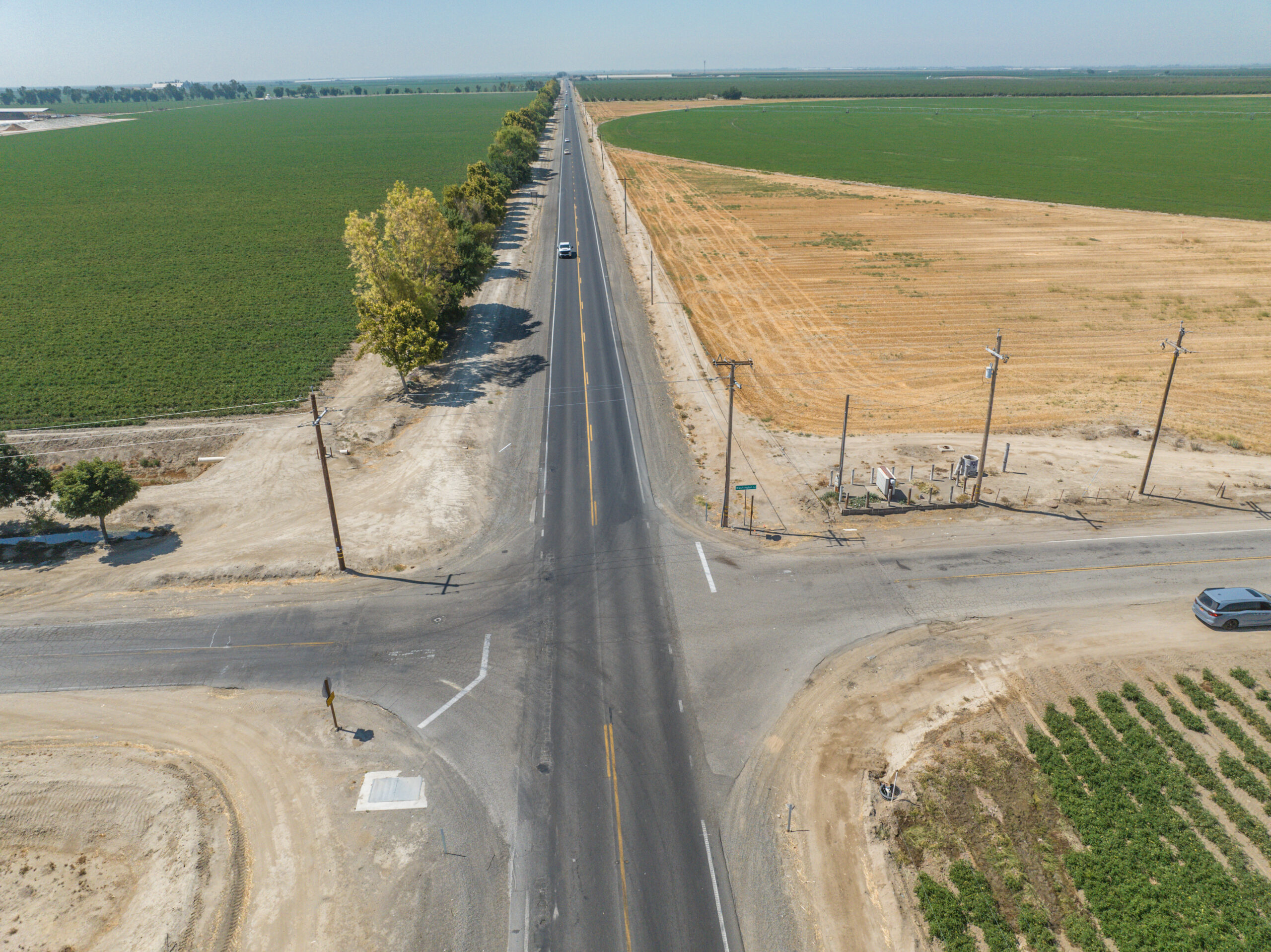When an accident happens, emergency response teams primarily focus on dealing with immediate threats and providing urgent care to the injured. Their goal is to ensure the safety of everyone at the scene, which sometimes means that not all accident details are recorded at the time. This is where the innovative use of drones comes into play, especially in personal injury cases. Drones are becoming a game-changer for gathering evidence that proves the other party’s liability in causing the accident.
The Role of Drones in Accident Reconstruction and Investigation
One of the critical challenges in a personal injury case is establishing what happened and who is at fault. This often involves a detailed investigation and reconstruction of the accident. Initially, the police report may need more comprehensive details to understand the circumstances of the accident fully. This is where drones offer a significant advantage. By capturing aerial footage and photographs, drones can help fill in the gaps, providing a clearer picture of the events leading up to the accident.
Drones enable attorneys and investigators to examine the accident scene from different angles, offering insights that would be difficult, if not impossible, to obtain from the ground. This can be critical in determining liability, especially in complex cases where the accident details are disputed.
Benefits of Drones in Supporting Personal Injury Claims
The use of drones in personal injury cases comes with several key benefits:
- Detailed Road Condition Mapping: Drones can capture high-resolution images and maps of the accident scene, showing road conditions, obstacles, and other relevant details at the time of the accident. This information can be crucial in understanding how the accident occurred.
- Video Footage for Investigation: Drones can record footage of the area where the accident occurred, providing a dynamic view of the scene. This footage can be invaluable for investigators, helping them piece together the events’ sequence.
- Aerial Scene Reconstruction: By providing aerial maps, drones enable a comprehensive accident reconstruction. This can help illustrate how and why the accident happened, supporting liability claims against the other party.
In conclusion, drones are an indispensable tool in investigating and reconstructing accidents for personal injury cases. Their ability to provide detailed aerial perspectives of accident scenes offers accuracy and insight previously challenging to achieve. As drone technology continues to evolve, its role in legal investigations is set to become even more significant, offering new ways to support victims in their pursuit of justice.
